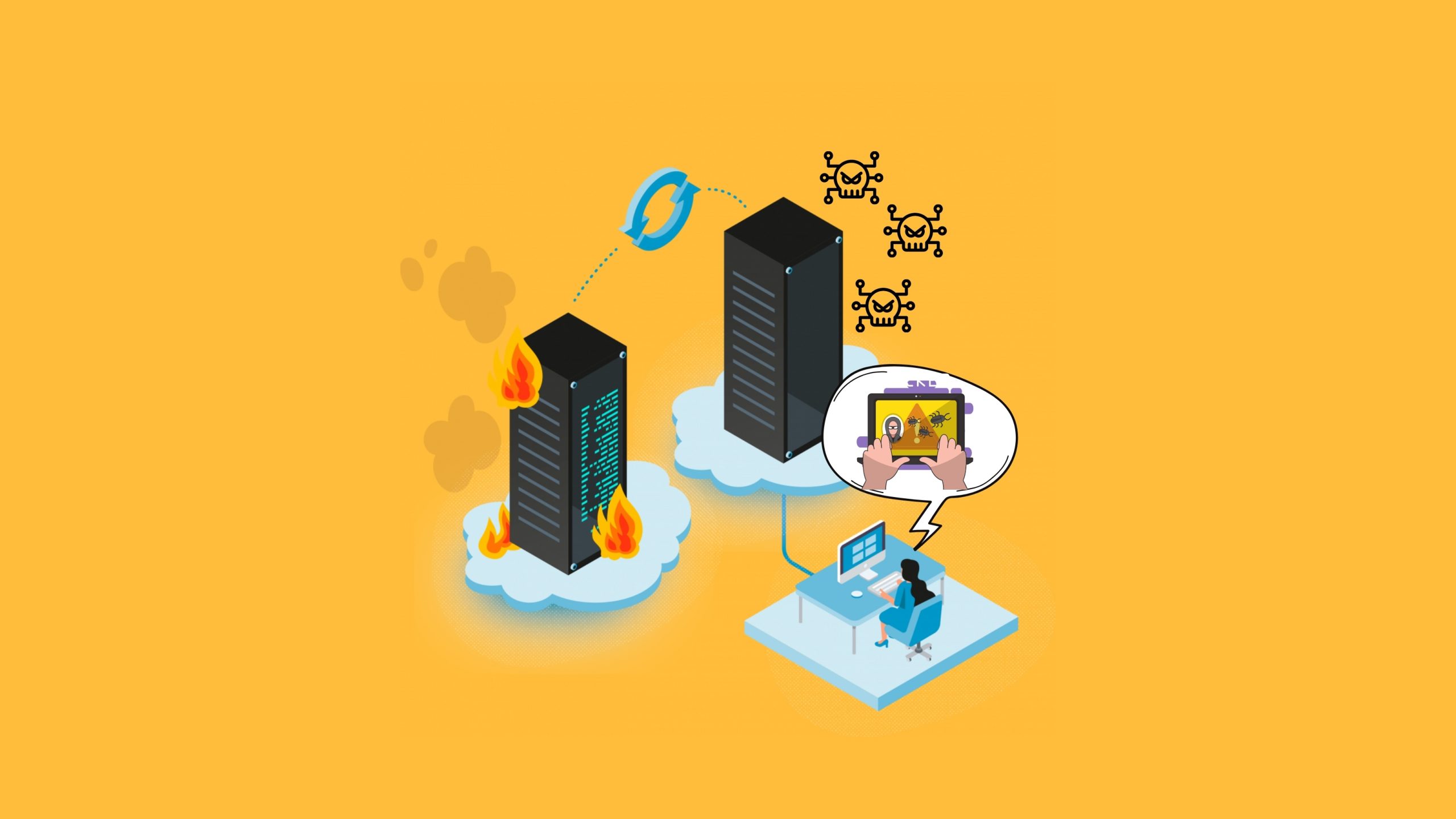5 Reasons to Embrace RPA in Your Business in 2023
Automation is being used by companies of all sizes today to relieve their workers of boring and repetitive jobs, which boosts productivity. More than 50% of companies have already started their RPA journey, according to recent figures. A CAGR of 32.6% is predicted for the projected period, with the worldwide RPA market expected to reach 7.2 billion USD by 2025. Robotic Process Automation (RPA) has developed tremendously over the last few years and will continue to win praise from companies in various industrial verticals.
Working with an experienced RPA development company is highly advised if you, too, want to realize the full potential of RPA in your organization. A variety of manual and repetitive tasks, such as HR onboarding, order management, billing, invoice processing, data entry, processing transactions, filling out electronic forms, customer checks, loan reviews, speeding up claim adjudication, and more, can be delegated to intelligent bots by working with seasoned RPA experts.
Organizations may use Robotic Process Automation (RPA) and Machine Learning (ML) to extract numbers and text from pictures and videos, translate spoken words, and update databases with manually filled-out forms. Let’s now go into the main arguments favoring RPA adoption by organizations in 2022.
Improved Workforce Productivity
RPA automates repetitive, time-consuming processes carried out by your personnel. Let’s provide an example to help you understand. If a person normally takes four hours to handle orders, they might do the process in around 20 minutes using RPA technologies.
Since robotic process automation (RPA) software is intended to eliminate repetitive operations, it frees up your workforce’s time to focus on the jobs they are best at. RPA allows your staff to concentrate more on relationship management, customer and client contacts, and other crucial activities by relieving them of manual and repetitive duties.
People naturally excel in these areas over intelligent bots (RPA technologies). Your bottom line will increase if your consumers and clients are happy. This makes it apparent that Robotic Process Automation (RPA) won’t replace human workers. Rather, it will enable them to do the same amount of work in a shorter time, increasing their productivity. In summary, if you choose RPA integration services, your team will be more productive. Still, you must provide them with thorough training so they can make full use of the possibilities of cutting-edge technology.
Reduced Labor Costs
Unquestionably, there is a one-time fee associated with RPA solutions. RPA tools must be purchased. Experienced people must be hired to ensure a smooth adoption without interfering with your IT infrastructure, and continuous maintenance charges will occur. Additionally, improving your RPA system could cost money. All these costs, nevertheless, pale in comparison to the cost of hiring a group of qualified workers.
You’d be surprised to learn that a smart data entry bot can do the tasks of 4–8 full-time people. Consider the money you would save if you used RPA in your company. Also, intelligent bots may operate continuously without taking any breaks, unlike people who set working hours and pre-defined yearly leaves each year (9 to 6). According to studies, corporations may use software robots to save operating expenses by 90%. This may reduce expenses for financial services by up to 75%, according to a KPMG analysis.
Better Accuracy
Humans make mistakes. Even little errors, however, may sometimes cost a company a lot of money if they go unreported. You may be shocked to learn that, according to the Harvard Business Review, human mistakes in the workplace cost the United States $3 trillion annually. Reviewing and fixing the same mistakes by hand takes some time. Fortunately, using RPA, you can stop all the costly errors your team often makes.
For manual and repetitive operations, intelligent bots (RPA tools) are more dependable and consistent, and the greatest part is that they don’t even complain when required to work nonstop. Reworks may be decreased using RPA solutions, which raises the caliber of your workforce’s production. This automates rule-based operations, ensuring complete Accuracy for boring and repetitive tasks.
Increased Safety
Even if you don’t believe it, most theft in companies happens within the company. When people are handling crucial information, there is always a level of business risk involved. You may not be aware that employee fraud causes a company to lose up to 5% of its yearly income. What’s shocking is that employee-related crimes cost American firms up to $110 million daily. According to the U.S. Chamber of Commerce, 75% of working professionals acknowledged stealing from their company at least once.
You may solve this difficulty by incorporating RPA into your company. Intelligent bots must understand the significance of the crucial data they are working with, protecting your customers’ and suppliers’ privacy. Additionally, because bots don’t have to remember or keep sensitive credentials the way people do, there is inherently less chance of a security breach.
Quick Implementation
By collaborating with an RPA services provider, you may quickly implement solutions in your company. You can quickly set up intelligent bots and use them to manage your duties instead of onboarding and training new personnel to handle your work for 3 to 6 months.
Summary
Incorporating robotic process automation (RPA) into your software development company can bring numerous advantages. RPA enhances scalability, efficiency, and advanced governance and delivers improved analytics, customer service, resource optimization, and greater communication capabilities. Automating repetitive and time-consuming tasks, RPA frees your workforce to focus on more strategic and value-added activities, ultimately increasing productivity and driving profitability. Seeking guidance from knowledgeable RPA specialists will ensure a successful implementation tailored to your software development services. Embracing RPA in your organization empowers your workers, streamlines processes, and positions your software development company at the forefront of technological innovation, ready to meet the challenges and demands of the dynamic industry.









Post Comment